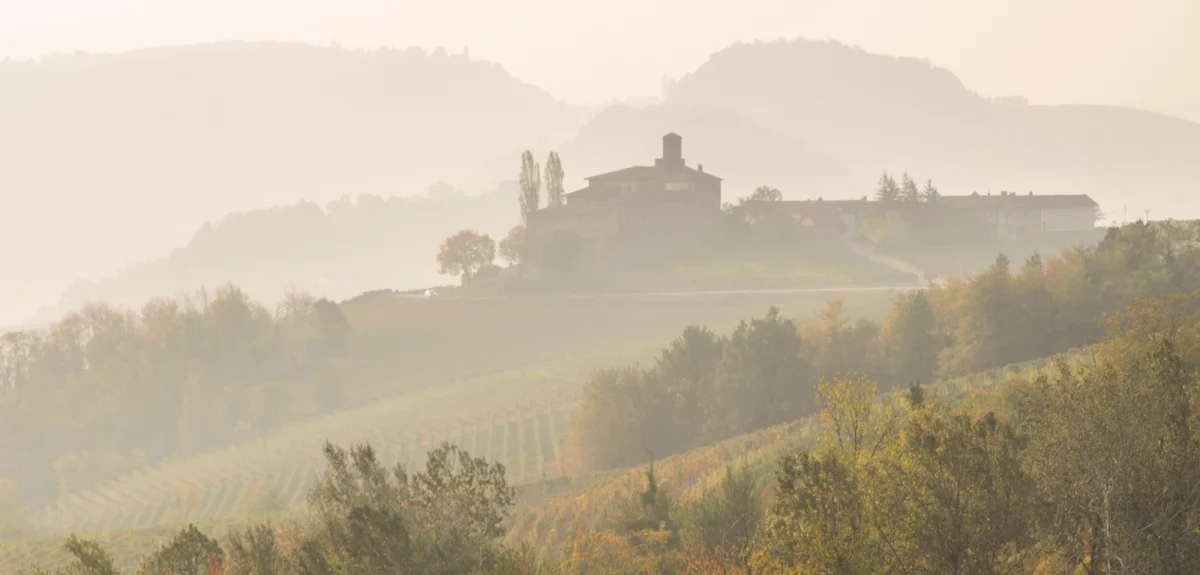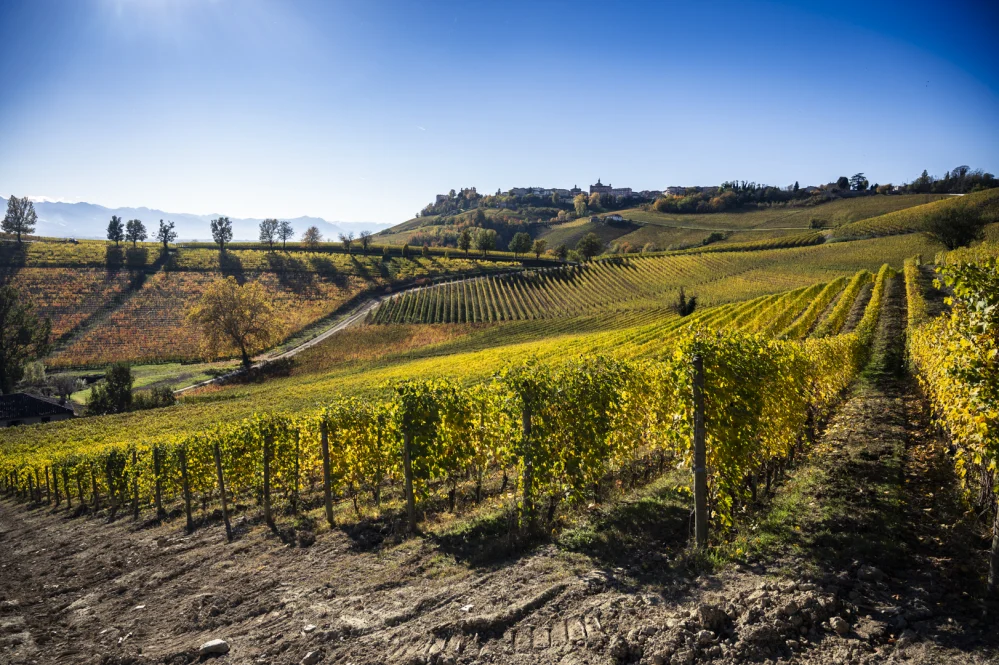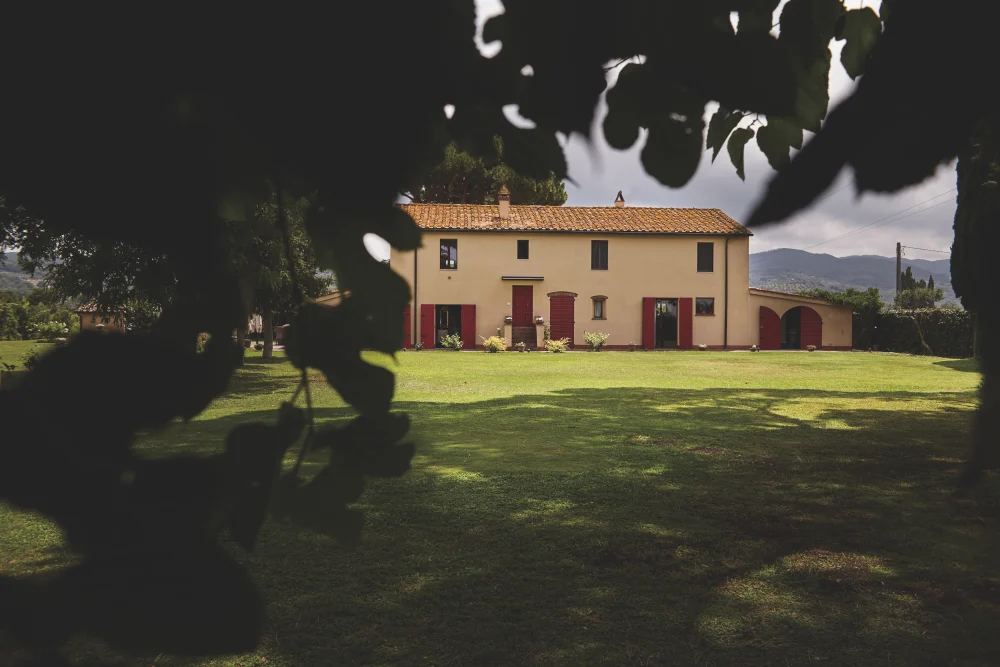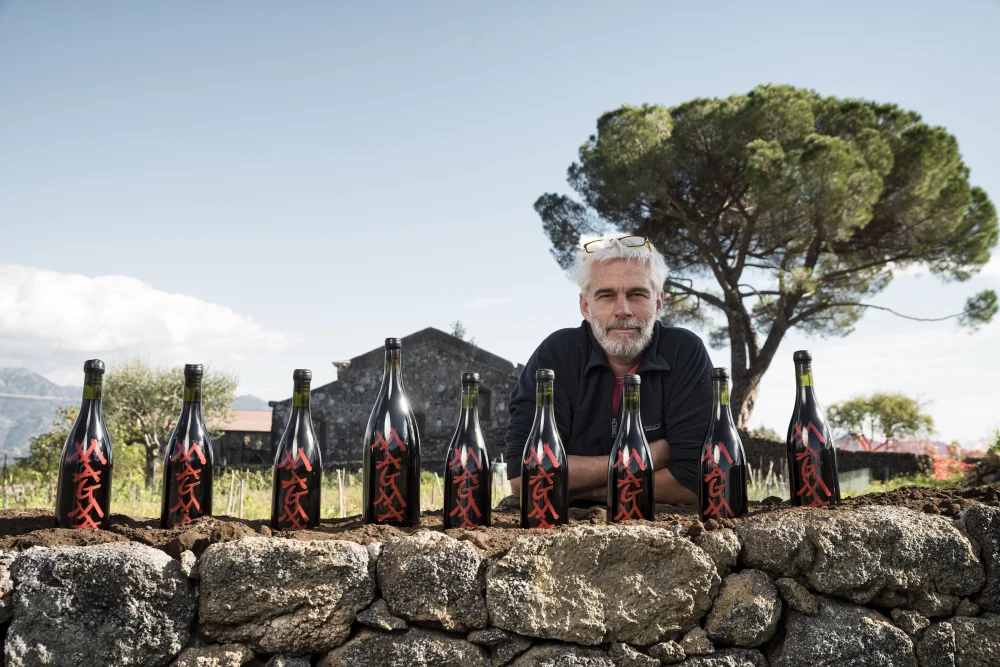
Wonderful Vineyards in Italy
Wine tourism for wine lovers and beginners.
Italian wines may not be as famous as their French counterparts, but as with all things food and beverages, Italians are masters at creating complex, subtle, and sophisticated drinks from the grapes of their different regions.
And just like the food, the wines vary remarkably from region to region. In this guide, we highlight some of the most talked about regions and wines in Italy—from north to south.

Barolo and Barbaresco in Piedmont
The Piedmont region is not far from Milan and the most famous and prestigious wine from the region is the Barolo, made from Nebbiolo grapes. The neighboring Barbaresco, also a Nebbiolo wine, while not quite as renowned, does offer great wines.
Biodynamic wines with history
Bera

The Bera vineyard has impressive roots. The family’s ancestors bought the land from the Order of Malta back in 1758. Since then, they have stuck to natural production without chemical additives or spraying, a tradition they are extremely proud of. But don’t just try their Barolo and Barbaresco—Bera has also been recognized for its Moscato d’Asti, a wine originally produced only in this region.
An elegant secret
G.D. Vajra

Aldo Vajra was sent to the mountains by his father after taking part in the student uprising in Turin in May 1968. As a result, we have the G.D. Vajra vineyard. Vajra is a pioneer in organic viticulture that produces an elegant Barolo, as well as wines made from Barbera, Dolcetto, Freisa, and Pinot Nero. The vineyard is a true family affair and has been called “one of Barolo’s best kept secrets” by renowned American wine critic Antonio Galloni.
Sustainable and modern
Vite Colte

Sustainability is a vital guiding principle for Vite Colte, a cooperative that produces both Barolo and Barbaresco wines and brings together 180 wine growers in the region. Vite Colte combines artisan traditions and modern technology, which is reflected in the architect-designed main building set in the beautiful Piedmontese landscape. Several of its wines have been well received by international critics, such as Barolo Essenze, Barolo Paese Tuoi, and La Luna e i Falò (named after a novel by Cesare Pavese). Vite Colte offers a variety of visits and wine tastings.

Brunello and Bolgheri in Tuscany
Tuscany is famous for its Chianti wines, and in this guide, we focus on Brunello di Montalcino and Bolgheri. Found around the town of Montalcino near Siena, Brunello is one of Italy’s most famous and expensive wines and, like Chianti, is made from Sangiovese grapes. Bolgheri, on the other hand, is like an Italian version of Bordeaux wines, using the same grapes as the famous French region.
Ideal conditions
Piancornello

Named after a volcanic hill on the southern slopes of Montalcino, this vineyard has 10 hectares of more or less perfect conditions for Sangiovese grapes. It can be tasted in their Brunello, a flavorful and perfectly controlled red wine. Piancornello offers wine tastings for up to ten people with Tuscan charcuterie and cheeses.
Stay at the vineyard
Caparzo

For those who not only want to visit a vineyard but also stay there, Caparzo is the perfect choice. You can stay at a renovated farmhouse on the grounds where you can take a dip in the swimming pool overlooking the Tuscan hills, in addition to sampling the wine. The vineyard was started by a group of friends in the late 1960s when it was in ruins, but it has been owned by Elisabetta Gnudi Angelini since 1998. Caparzo produces wonderful Brunello wines but also offers other varieties such as Rosso di Montalcino and Cà del Pazzo, which is a blend of Sangiovese and Cabernet Sauvignon.
Organic Bolgheri vineyard
Sapaio

Opened as recently as 1999, this Bolgheri vineyard has a strong focus on ethical and organic viticulture—algae, seaweed, and essential oils are used to nurture the vines. The vineyard makes only two wines: Sapaio, made from Cabernet Sauvignon, Cabernet Franc, and Petit Verdot, and Volpolo, a typical Bolgheri wine made from Cabernet Sauvignon, Merlot, and Petit Verdot. The winery also boasts great views.

Volcanic wines from Etna
Wines made from grapes grown in volcanic soil have been trending for a while in the wine world and the interest doesn’t seem to be waning. Mount Etna in Sicily is one of several European areas (along with Majorca in Spain and Santorini in Greece) that boast impressive, exciting volcanic wines.
Old vines
Cantina Etnella

If you’re interested in more unusual wines like orange wines, a visit to Etnella is recommended. However, they mostly produce whites and reds, with the altitude of the vines printed on the label. Etnella was started in 2008 by Davide Bentivegna, and the vineyard also contains so-called “Vecchie Vigne,” old vines that survived the arrival of the phylloxera in Europe in the 19th century. The farm also offers accommodation that can be combined with visits to their vineyards or excursions to nearby Taormina.
Wines like in the past
I Vigneri

“Human wines” is how I Vigneri describe their philosophy. But what does that mean? Put simply, it means viticulture that keeps alive the traditions and techniques of the past. I Vigneri is run by Salvo Foti and his sons, but the whole team is made up of people who come from the Etna region and know its special nature and climate inside out. Try their Vinupetra, which means “wine made in rocky land” in Sicilian.
Using the Earth as a guide
Frank Cornelissen

Frank Cornelissen’s philosophy is that people’s limitations mean they must let Mother Nature guide the cultivation of the local grape, Nerello Mascalese (which he describes as somewhere between Nebbiolo and Pinot Noir). On the northern slopes of Etna, the soil is perfect for red wines and Frank Cornelissen is also known for his Etna Rosso, natural wines completely untouched by chemicals, sulfites, and other industrial processes.
Text by Daniel Björk